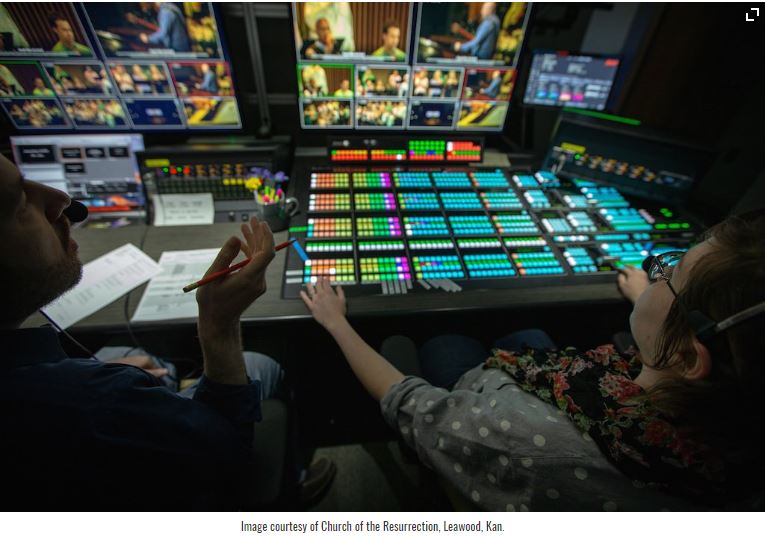8 Tips for Directing Great Live Video
By Jim Bask
From ChurchProduction.com
 In the nine years I’ve spent in my current role as production director [at Church of the Highlands in Birmingham, Ala.], I’ve learned some tips and tricks that can be applied to any video directing situation in any church. Regardless of the goal of the finished product, I feel that if a live video director can focus on these simple ideas, it will help improve the end product.
In the nine years I’ve spent in my current role as production director [at Church of the Highlands in Birmingham, Ala.], I’ve learned some tips and tricks that can be applied to any video directing situation in any church. Regardless of the goal of the finished product, I feel that if a live video director can focus on these simple ideas, it will help improve the end product.
1-Use consistent terminology
Few things are more confusing for a camera operator than to hear a mix of different words, or to hear certain words used interchangeably.
Since many ops will have to make quick decisions and movements in the moment, a director should keep his communication as clear and simple as possible to thus allow for quick reactions without a camera op having to do much thinking or deciphering.
Zoom in/out, push in/pull out, pan right/left, tilt up/down, and rack in/out are also standard camera directing terms. Ensure that you’re not mixing and matching the language and are communicating clearly what you want the ops to do. If need be, review your directing terminology with the ops before the show begins so they have a clear understanding of how you’ll be giving direction.
2-Understand some camera basics
While it’s not a requirement that a good director have previously been a camera operator, it can certainly help. Often, if an op has a problem during a service or show, the first line of defense is to get on intercom and tell the director what’s happening.
In those moments, the director has the ability to give quick coaching and instruction to the op about how to fix the problem. Dim monitors, quiet intercom headsets, sticky focus controls, shaky tripod heads, and stuck extenders (or lens doublers) are all common problems that could be encountered during a live event.
If a director has at least a basic understanding of how the camera works, he or she can provide quick instruction to try and help the op fix things, while also buying time to track down someone else who can run to the camera position and assist.
3-Take notes during rehearsal
The director, not the camera ops, is ultimately responsible for the quality of the camera cut. After all, the cameras are simply moving at the discretion of the director, who bears the responsibility for telling the story of what’s happening on stage….read more

